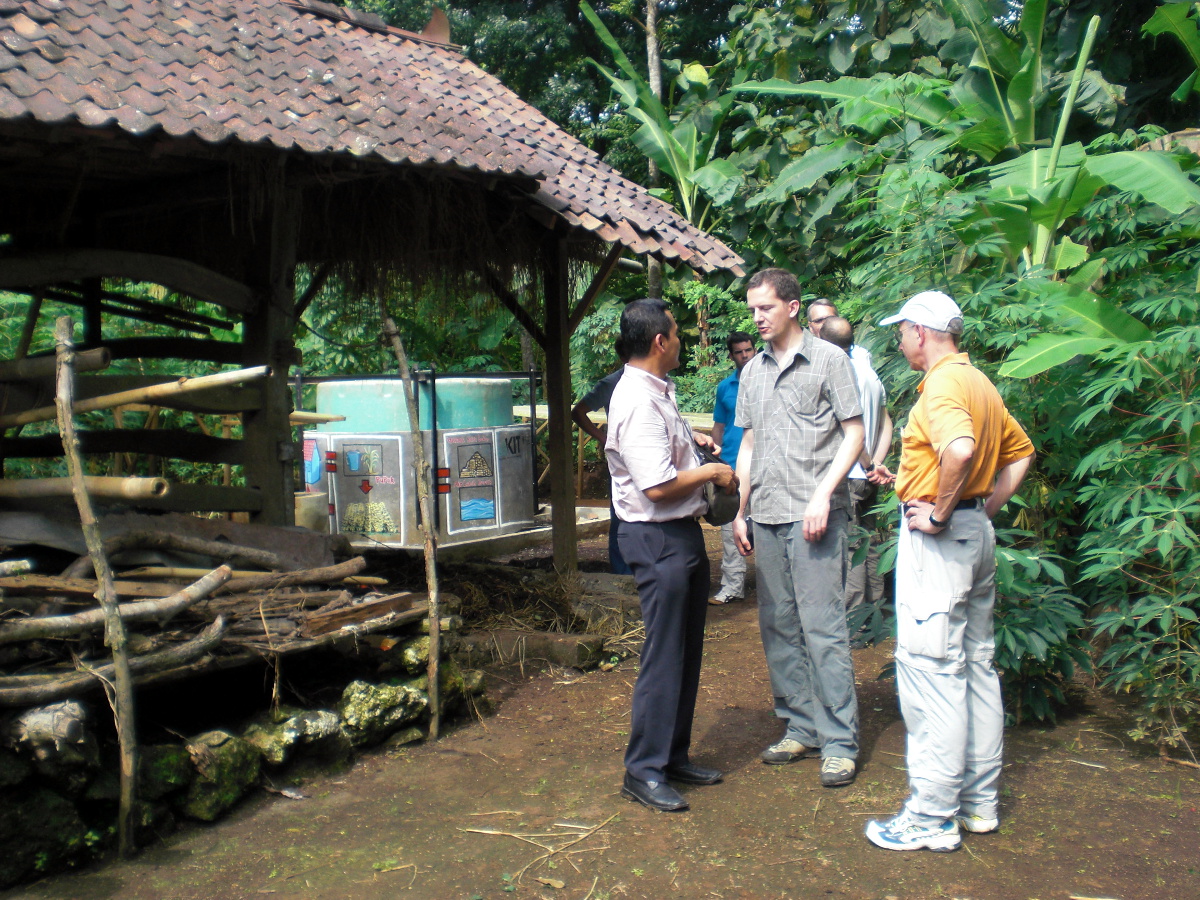Improving water sustainability in Indonesia
The Gunung Kidul region at the southern coast of the Indonesian island Java is characterized by a tropical climate and suffers, especially in the dry season, from acute water shortage. Therefore German and Indonesian partners were jointly working on the implementation of an Integrated Water Resources Management (IWRM). ITAS contributed to the project with acceptance and sustainability analyses of different technologies of water supply and wastewater disposal based on the Helmholtz Association’s Integrative Concept of Sustainable Development, which was developed at the institute
In the case of water supply, the assessment was based on life-cycle analyses and life-cycle costing of different technologies for water pumping (diesel-powered versus water-powered pumps) and water processing (chlorination, UV irradiation, and membrane filtration). In the sanitation sector, the focus was on developing an analytical tool to improve planning procedures for sanitary facilities in developing and newly emerging countries. Sanitation systems were considered as socio-technical systems whose permanent operability is closely related to cultural or religious preferences which influence the acceptability of the respective technology. Therefore the different opinions of the relevant stakeholders were also included in the analysis.
After completion of the project, the results were now published in the journal Applied Water Science. (01.08.2016)
Further links:
- Project description at ITAS
- Project homepage IWRM Indonesia
- Integrative Concept of Sustainable Development (PDF)
Publication:
Nayono, S.; Lehmann, A.; Kopfmüller, J.; Lehn, H.:
Improving sustainability by technology assessment and systems analysis: the case of IWRM Indonesia. Applied Water Science (2016), S. 1-14, DOI: 0.1007/s13201-016-0427-y
Full text


